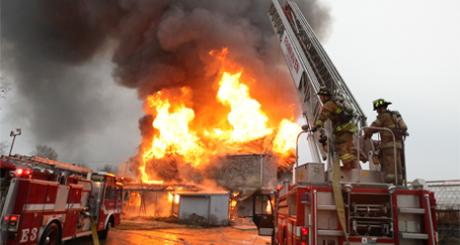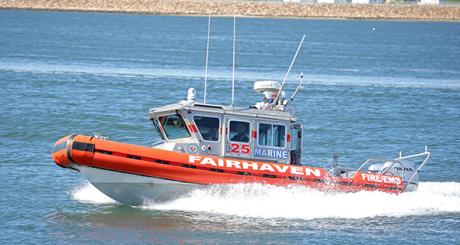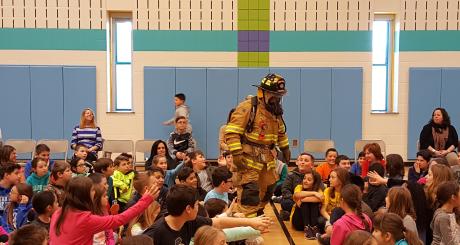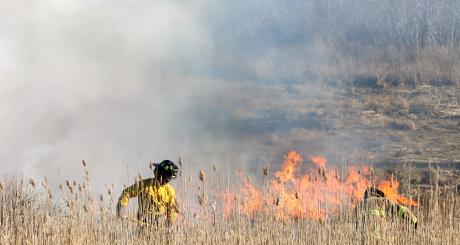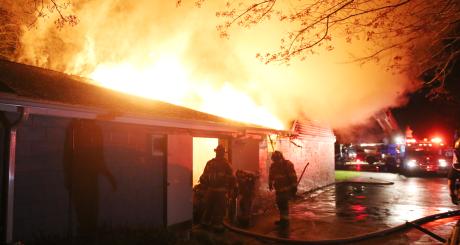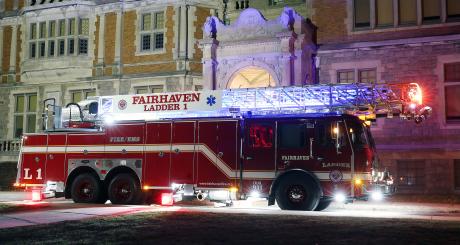History

History of the Fairhaven Fire Department was researched with help from former fire fighters John Frates, and John Rogers. Debbie Charpentier, Archivist and Facility Manager of Fairhaven's Millicent Library has provided some valuable historical information as well, along with several copyrighted photographs from "A Picture History of Fairhaven", a 1986 publication, which are used here with permission of the Millicent Library and Spinner Publications.
The history of the department essentially begins with the history of the town. Louis N. Baudoin, a Fairhaven barber for 39 years, might be called the father of the Fire Department. He was the original sponsor of a system of fire alarms and a key person in the organization of the Fairhaven Protecting Society. The Society, organized December 20, 1887, moved in after the firefighters did their jobs to try to save household goods. They were volunteers. Fairhavenite J. P. Ellis loaned a wagon and several other citizens also contributed to the Society. The Society moved into its own building on Washington Street in 1894.
The organization was close to extinction between 1919 and 1925 because blankets and other protective materials were being carried on the hook and ladder truck. Also, many of the original members had died. But in 1941, many of the town's prestigious citizens again became members and the Oxford fire station became the official meeting place. Their new task was to supervise traffic and spectators during fires. In the photograph below, chief Albert C. Aiken is standing along side the hook and ladder. Aboard, from left to right, are Lewis E. Gifford, Walter Taber, William Kelley, Thomas Clark, Mr. Rounsville, Frederick Packard, Jesse S. Gifford, and Audell W. Monk. - information courtesy Millicent Library and Shelton & Polly Hood
If you look closely at the photograph, you can make out the words "Protecting Society" on the sign above the door.
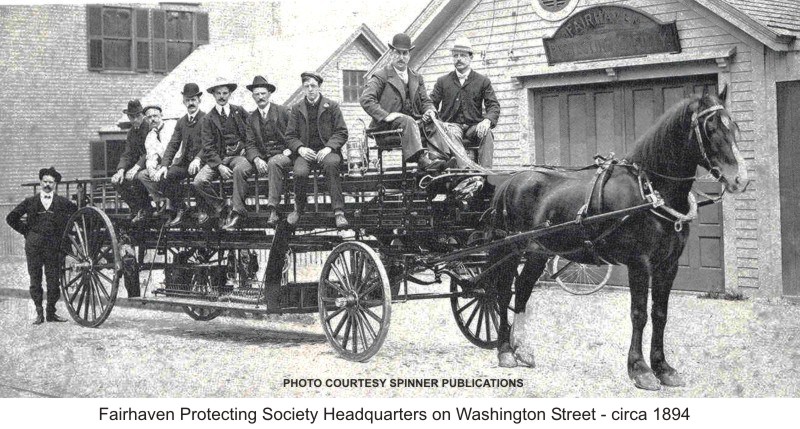

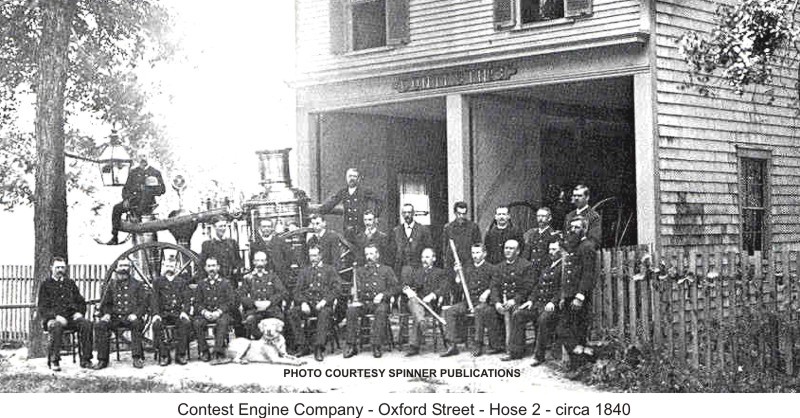
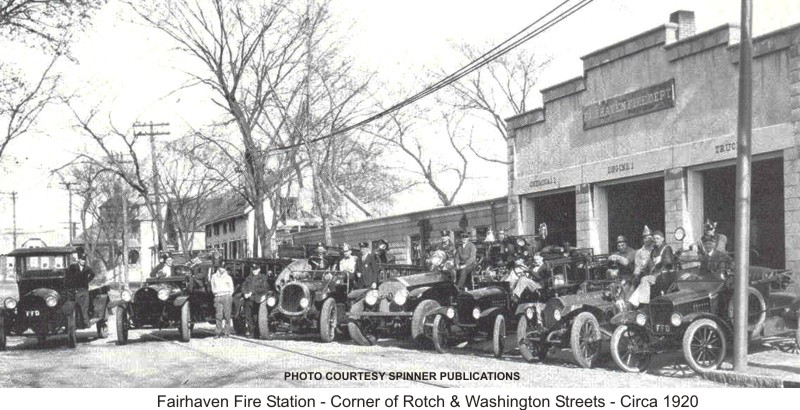
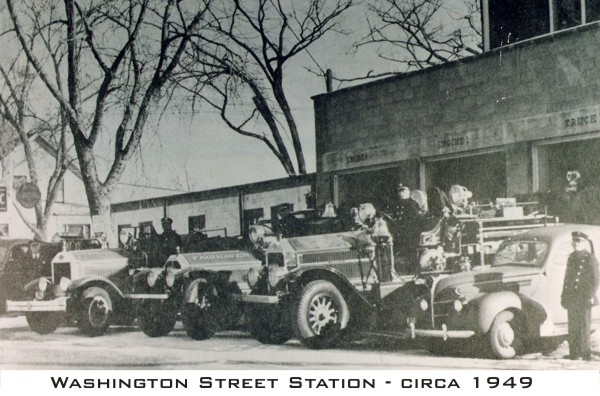
Photos below provided by former Fairhaven Fire Captain John Frates
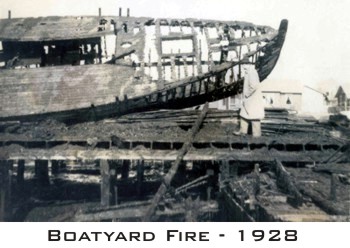
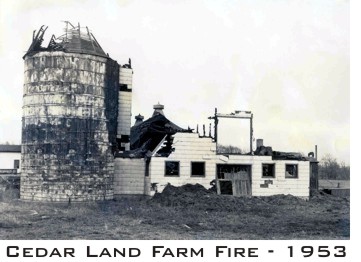
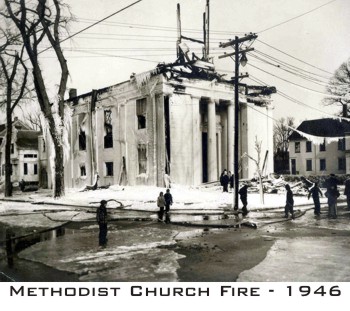
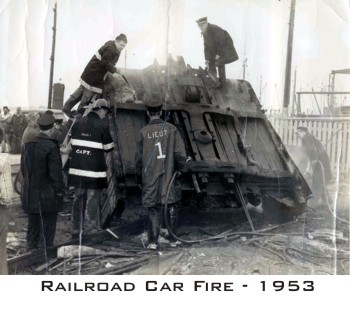
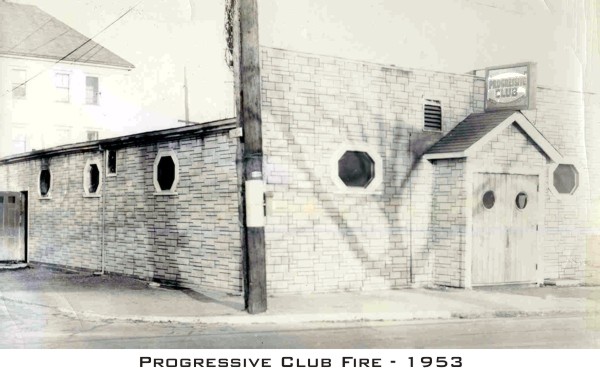
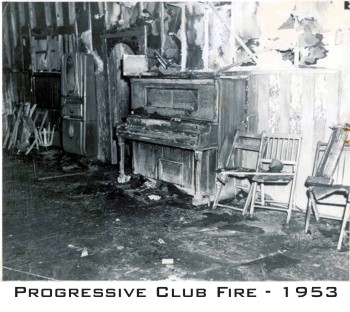
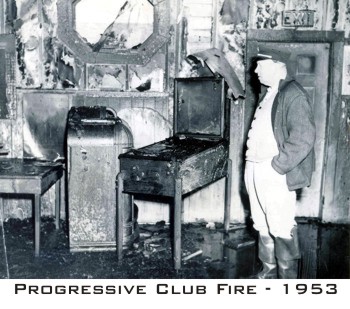
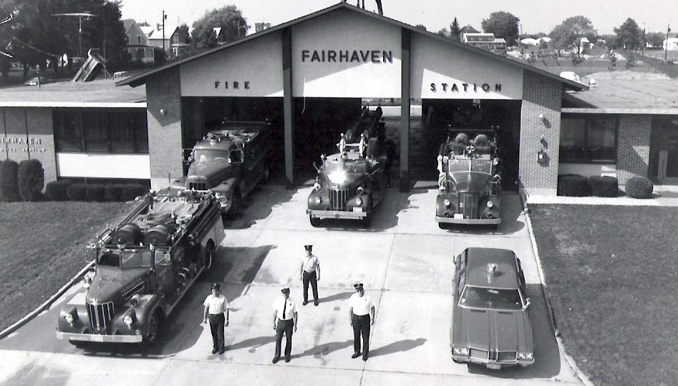
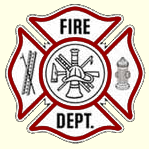 History of the Maltese Cross
History of the Maltese Cross
The Badge of a Fire Fighter is the Maltese Cross.
The Maltese Cross is a symbol of protection and a badge of honor. Its story is hundreds of years old.
When a courageous band of crusaders known as The Knights of St. John fought the Saracens for possession of the holy land, they encountered a new weapon unknown to European warriors. It was a simple, but horrible device of war. It brought excruciating pain and agonizing death upon the brave fighters for the cross.
As the crusaders advanced on the walls of the city, they were struck by glass bombs containing naphtha. When they became saturated with the highly flammable liquid, the Saracens would hurl a flaming torch into their midst. Hundreds of the knights were burned alive; others risked their lives to save their brothers-in-arms from dying painful, fiery deaths.
Thus, these men became our first Fire Fighters and the first of a long list of courageous men. Their heroic efforts were recognized by fellow crusaders who awarded each hero a badge of honor - a cross similar to the one fire fighters wear today. Since the Knights of St. John lived for close to four centuries on a little island in the Mediterranean Sea named Malta, the cross came to be known as the Maltese Cross.
The Maltese Cross is our symbol of protection. It means that the Fire Fighter who wears this cross is willing to lay down his life for you just as the crusaders sacrificed their lives for their fellow man so many years ago. The Maltese Cross is a Fire Fighter's badge of honor, signifying that he works in courage - a ladder's rung away from death.

